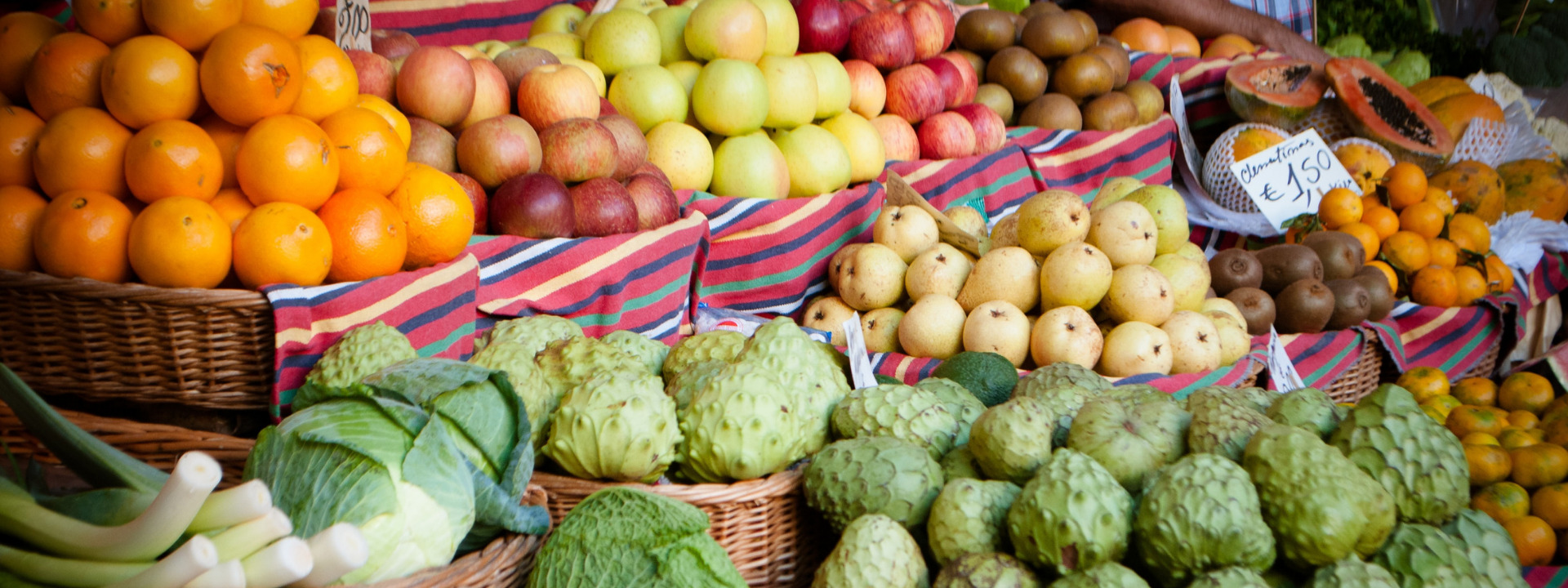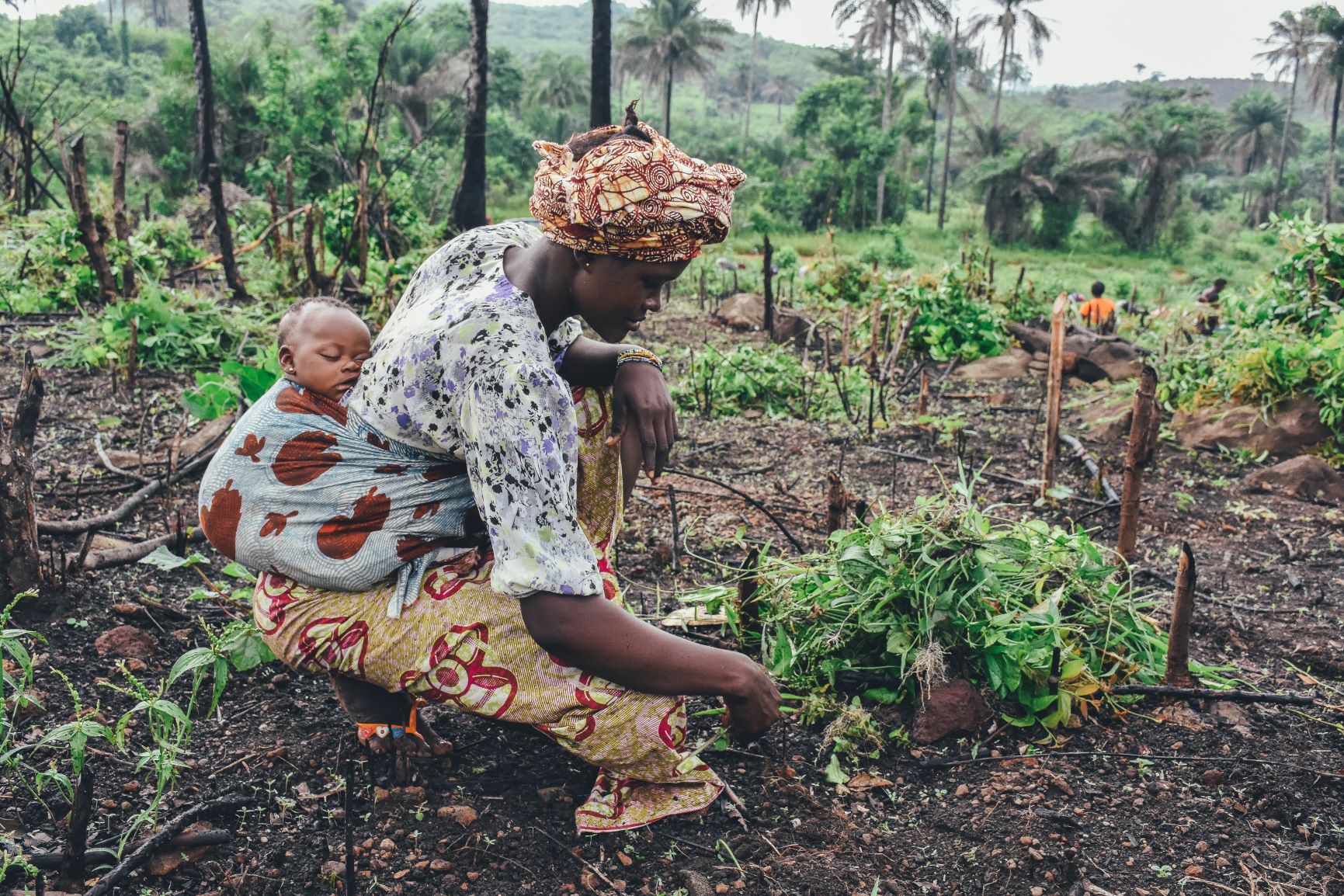
Despite economic growth, billions won’t have enough fruit and veg by 2050
A new Lancet study analysing the gap between future fruit and vegetable supply and recommended consumption levels found that even under the most optimistic socioeconomic growth scenarios, there won’t be enough to go around by mid-century.
Poor diets, increasing hunger
Using the WHO’s minimum recommended amount of 400 g/person per day, the study found that currently, only 81 countries representing 55% of the global population have sufficient fruit and vegetable availability for everyone to get their fair share.
One of the UN’s Sustainable Development Goals is to achieve zero hunger by 2030. However, rapid population growth and conflict have led to stalling progress, with the number of people suffering from hunger and malnutrition actually increasing in recent years.

10 billion mouths to feed
The authors looked at three different growth scenarios developed for the Intergovernmental Panel on Climate Change (IPCC), characterised by different assumptions on economic and population growth. The most optimistic scenario envisions a more sustainable development pathway with a global population of 8.5 billion people by 2050 and a high per-capita gross domestic product (GDP). The ‘middle-of-the-road’ scenario expects a global population of 9.2 billion people with a medium per-capita GDP, whereas the most pessimistic scenario has a population approaching 10 billion people with a low per-capita GDP.
Notably, the ‘pessimistic’ scenario is the one closest to the UN’s latest population projections for 2050 of 9.7 bn. Even under the most optimistic scenario and assuming zero food waste, many countries fail to achieve sufficient fruit and vegetable availability by 2050, with sub-Saharan Africa – the region with the fastest population growth – the worst affected.
Under the medium scenario, over 1.9 bn people globally would have insufficient fruits and vegetables, with 1.2 bn of them in sub-Saharan Africa. This increases to a staggering 3 bn and 1.9 bn, respectively, under the ‘pessimistic’ scenario.

No sustainable future without a sustainable population
Intensification of agriculture to meet growing demand is one of the main drivers of environmental destruction. A landmark report by the EAT-Lancet commission concluded that radical policy and dietary changes are required to feed the world without destroying more nature. It notes that “Healthy diets from sustainable food systems are possible for up to 10 billion people but become increasingly unlikely past this population threshold.”
Importantly, the effects of climate change are not accounted for in this study, but these include lower yields, higher food prices, and decreased availability of resource-intensive crops, including fruits and vegetables.
The study stresses that economic growth alone will be insufficient to provide healthier diets and calls for greater investment in fruit and veg production, such as via technological innovation to increase yields and reduce food waste and environmental damage.
Unlike the EAT-Lancet report, it fails to highlight that sustainable progress becomes increasingly difficult under continuous population growth. According to the UN, small decreases in average family size would result in a significantly smaller population by the end of the century. In fact, just half a child less per family than current projections would lead to a global population of 7.3 bn by 2100, making healthier, sustainable diets for everyone a lot more accessible.


